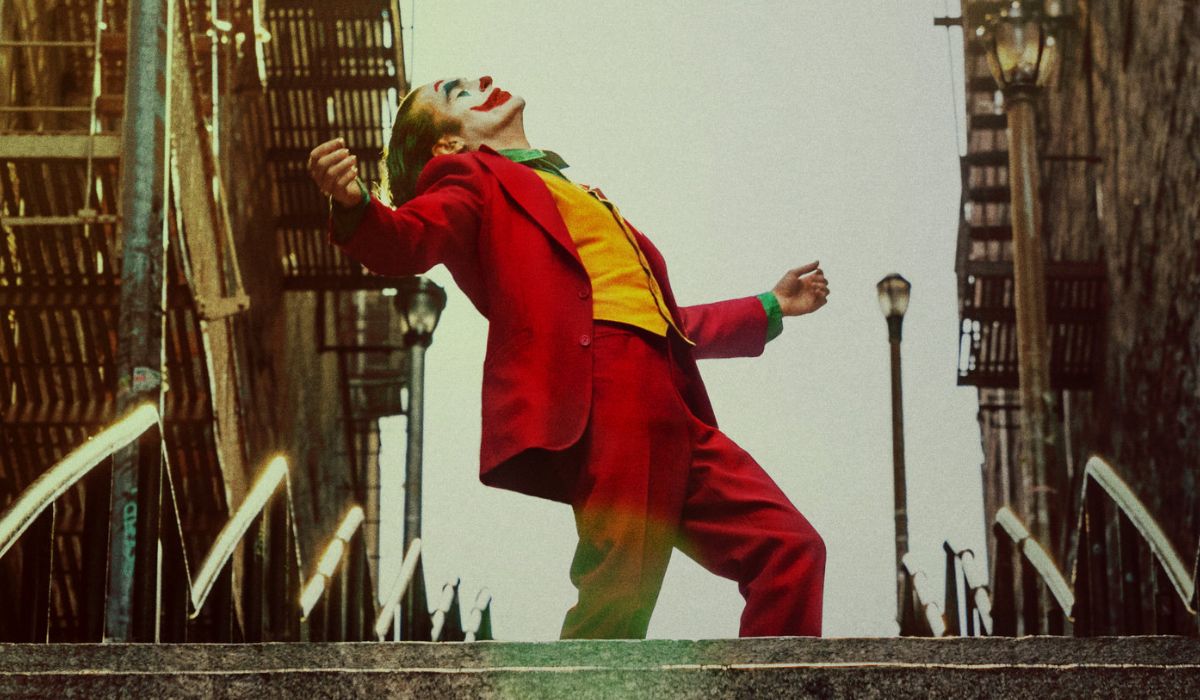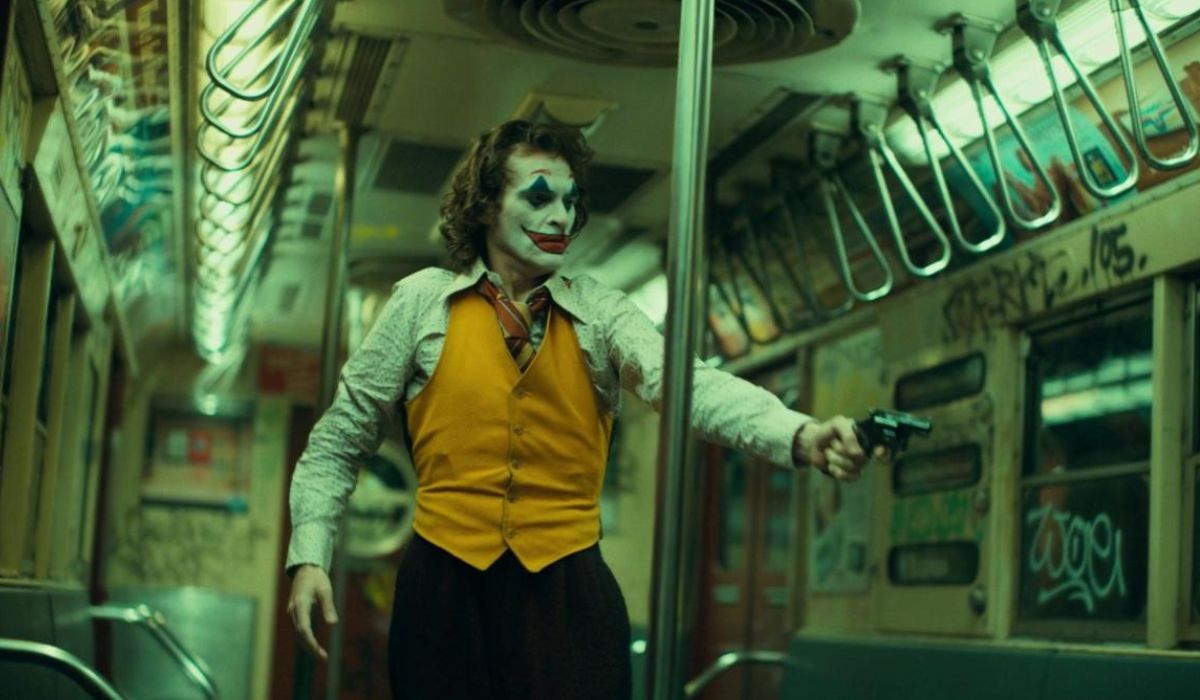
2019’s “Joker” stirred up a lot of buzz when it was unveiled, as it was one of those standalone films outside the DCEU that really connected with audiences. Todd Phillips’ film grossed over $1 billion at the worldwide box office – making it the first R-rated movie to achieve this feat – and amassed 11 Oscar nominations, with Joaquin Phoenix taking home Best Actor. The film, with its grim and thought-provoking atmosphere, delves into the downfall of Arthur Fleck, offering a bleak portrayal of social estrangement, overlooked mental health issues, and urban brutality. However, while audiences seemed to embrace it, critics had more mixed reactions – and to be honest, their points are valid.
A significant portion of the criticism was due to the shallow development in the storyline and the disquieting impression the movie appeared to impart. Despite its symbolic aspects, not all pieces seemed to align coherently (and Joker: Folie à Deux sheds only a little light on these issues – if any). With daring narrative decisions and ambiguous scenes, Joker left numerous questions unresolved. What are some of these lingering queries?
The Death of Bruce’s Parents

In the film “Joker,” there’s a scene that seems to contradict its own narrative flow – this is one instance I’m referring to. Though everyone is familiar with the tragic death of Batman’s parents, this event holds no significant weight in this movie, not even for potential sequels. It almost feels as though the scene was included in the script merely because it’s become such a iconic moment in the superhero genre. Despite the potential symbolism linking Batman and the Joker, the execution of this scene makes it seem even more out of place: during the climactic riots, a man in a clown mask, seemingly at random, shoots Bruce’s parents, snatches their pearl necklace, and departs without explanation.
Instead of serving as a profoundly symbolic event, enriching the narrative, this scene instead becomes insignificant, offering no fresh insights into the character or advancing the main plot. In the movie “Joker,” there’s a consistent, intimate exploration of Arthur’s mental deterioration. However, unexpectedly, amidst the turmoil, a scene appears that mirrors Batman’s origin story – a jarring disruption that changes the focus and disrupts the film’s flow. It’s a redundancy, simply another repetition of something we’ve experienced excessively before.
The Talk Show Appearance

In an attempt to portray a more realistic narrative than the usual hero-villain saga, the film “Joker” explores the harshness of society towards Arthur. However, it raises questions when during his live TV interview with Murray Franklin, Arthur’s actions don’t align consistently with the dark tone established earlier. The climax of the movie is a startling scene where Arthur admits to the murders, condemns society, and shoots the host on air. Yet, this scene seems somewhat forced, considering that by the time he arrives at the studio fully costumed as the Joker, one would expect the authorities to be alerted (wouldn’t Murray have contacted the police by then?). It’s puzzling why no one seems to react to this obvious suspicion.
In the final scene of the movie, much has transpired before Arthur steps into a national television studio. Given his transformation, one might question how he was able to enter without being questioned or detained, even if Murray desired him as a guest. In reality, such an incident would be prevented by basic security measures or common sense. Moreover, it seems unusual that the broadcast wouldn’t be immediately terminated following the host’s on-air murder. While this suspense certainly intensifies the scene’s tension, from a storytelling perspective, it raises questions about plausibility.
The Message of the Film

The main theme of the movie “Joker” appears to be its primary focus, though this is somewhat lost amidst the film’s disordered narrative and striking visuals. Despite being a box office hit, the film has sparked debates, particularly over concerns that it glorifies violence or humanizes a character who symbolizes disorder and devastation. While some viewers disagreed with this interpretation, one point seems undeniable: the movie’s intent was unclear, either in terms of its portrayal of the Joker character or because it may have struggled to find its message from the outset.
Initially, when you attempt to grasp the movie’s narrative, perplexity arises promptly. Is this the backstory of Batman’s infamous foe? A drama portraying mental illness? A commentary on social issues like inequality and neglect? An endeavor to evoke empathy for a man on the brink? Or is it merely the hallucination of Arthur Fleck, as hinted at in its climactic moments? The film explores all these possibilities, yet fails to fully commit to any. It poses questions without delving into them, suggests meaning without defining it. Ultimately, despite its stylish aesthetics, it remains a confusing jumble – a beautiful chaos, if you will.
Joker is available to stream on Max.
Read More
- PI PREDICTION. PI cryptocurrency
- WCT PREDICTION. WCT cryptocurrency
- Guide: 18 PS5, PS4 Games You Should Buy in PS Store’s Extended Play Sale
- LPT PREDICTION. LPT cryptocurrency
- Gold Rate Forecast
- Shrek Fans Have Mixed Feelings About New Shrek 5 Character Designs (And There’s A Good Reason)
- SOL PREDICTION. SOL cryptocurrency
- FANTASY LIFE i: The Girl Who Steals Time digital pre-orders now available for PS5, PS4, Xbox Series, and PC
- Playmates’ Power Rangers Toyline Teaser Reveals First Lineup of Figures
- Solo Leveling Arise Tawata Kanae Guide
2025-04-20 16:12